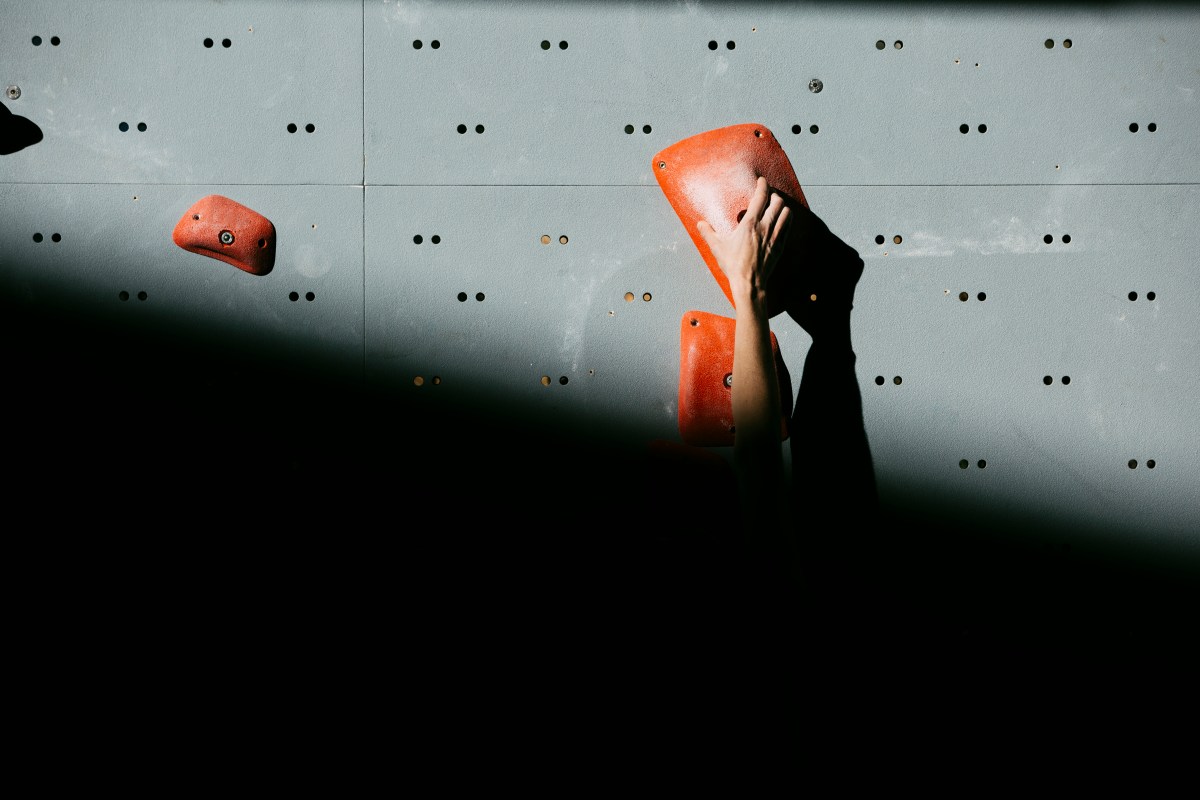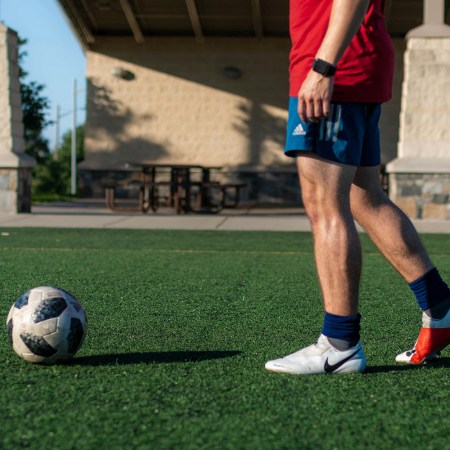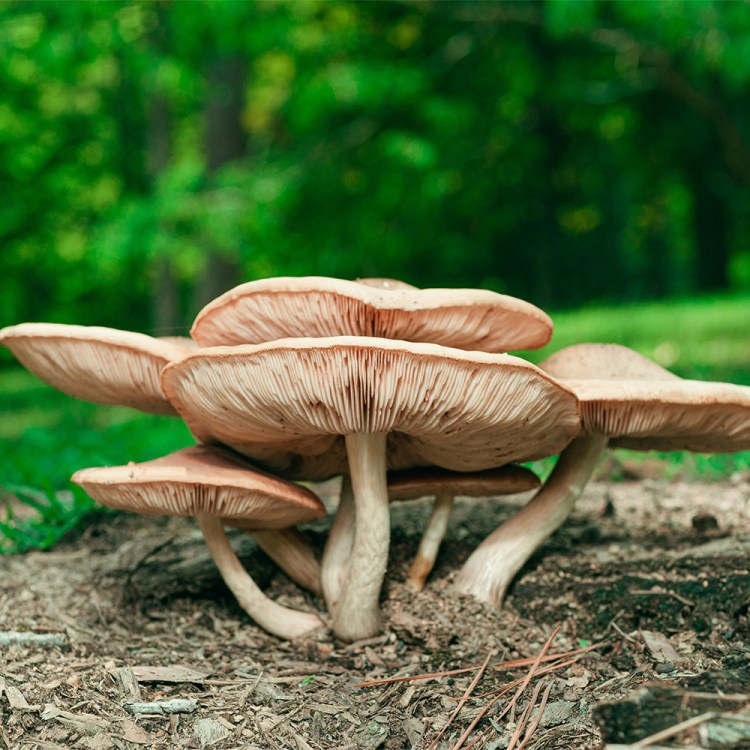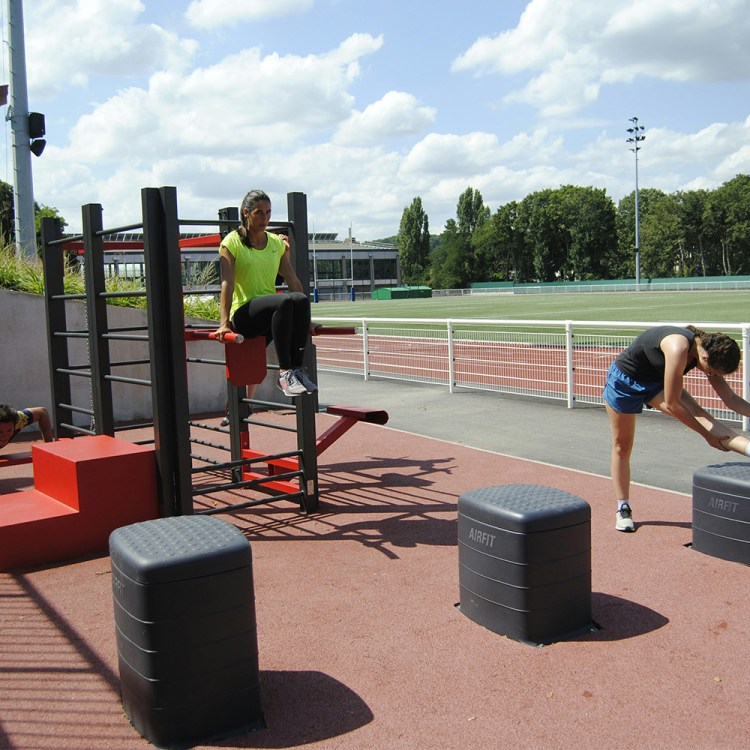A friend of mine once texted me a picture of his hand from an airport out West. His fingers were flexed outright, held tight against each other, and just to the left of his thumb was a muscle the size of an oblong golf ball. It looked simply tacked onto his hand, like an afterthought scoop of ice cream.
I looked down at my own hand and flexed it similarly. There was definitely something there, just nowhere near as big. My friend seemed intrigued, if a little grossed out, by how big the little muscle had gotten. He’d just spent a week climbing Red Rock Canyon in southern Nevada.
My friend’s thumb bicep — more scientifically known as a skeletal intrinsic hand muscle — is a surefire example of the superior “grip strength” that climbers earn after years of climbing gyms and gorges.
On the wall, climbers know how to work the muscles in their fingers and forearms in tandem with the large-pull muscles in the shoulders and back. That’s how progress is made and problems (literally) are solved.
Still, it’s possible to develop your grip strength even if you have no interest in climbing — and it would be well worth your time. Grip strength’s prognostic value for longevity is robust; the metric is positively related to cardiovascular health, bone mineral density, mobility, overall strength and even cognitive function.
Grip strength will help you around town or the house, in transporting grocery bags or de-weeding the backyard, and it will also have a direct effect on your efforts at the gym — a tighter dumbbell grip leads to better form, which leads to heavier weights and more reps.
Oh, and you might find yourself the go-to guy for opening jars in the kitchen. (It’s the little things!) Below, a few key processes and products that will help you get the grip strength of a top-notch climber.
Hang Boards
As legend has it, after Alex Honnold free solo’d El Cap, he went back to his van and banged out a few sets of pull-ups on a hang board. It’s an essential at-home climbing apparatus, and it’s devilishly simple. Climbers like to drill it into the wall above a doorframe or landing of a stairwell, or affix it to a pull-up bar. It’s a wooden block with various grooves carved out, which climbers can use to build finger flexor muscle fibers, by either pulling or hanging.
Experienced climbers, like Olympian Kyra Condie, are strong enough to perform one-armed pull-ups, or literally simulate the rhythm of climbing — they’ll grab a hold with one hand while reaching to “the sky” with another, then grab with the other, and so on. The idea would be 10 moves at a time, performed every few minutes, for up to 45 minutes.
Obviously, that’s a tall order for casual climbers, or laymen/women looking to up their grip strength; in that case, simply practice density hangs or recruitment pulls, as outlined by Dr. Tyler Nelson, a Salt Lake City-based sports scientist, who wrote a popular article on finger training. Recruitment pulls involve finding an edge size that you can tug on for five seconds at a time. Your feet don’t have to leave the ground. The idea is to pull with maximum effort for the last three seconds, and engage the muscle fibers. For density hangs, meanwhile, you want to find two holds and hang by your fingers to muscular failure. A sweet spot is 20 to 40 seconds. If that’s too easy, start hanging from a smaller edge size.
For bringing a hang board home, you have a few options. REI stocks them, from Metolius. Tension Climbing is a favorite in the climbing community for a range of products, and they make a standard hang board, along with a portable model with ropes that can hang from a tree, or even be wound around a foot to create resistance.
Use “Elephant Balls” to Turbocharge Your Grip Strength
It’s not as gross as it sounds. Trust us.Full-Minute Hangs
The hang board is no joke. Some climbing coaches won’t let go trainees on them until they’ve completed years of work. I tried doing pull-ups on one at a gym a few months ago and managed about a third of my usual count before it felt like my fingers were going to fall off. Hanging from the edges is super tough, too.
If you’re not at that level yet, or separately, are unwilling to fork over the funds, consider keeping it to a pull-up bar for now. A trusty, traditional dead hang will help you build your confidence and grip strength while decompressing out the spine, stretching out the shoulders, and building strength in the upper back, all areas used far more in climbing than hunching around a computer. The goal is to hang for three to five minutes a day, and one-minute at a time. When I tested out the process, I managed 51 seconds.
At the Gym
One of the best exercises for activating and strengthening your grip is the bottoms-up kettlebell press. You’re basically holding a kettlebell upside down, your arm locked at a 90-degree angle, and pressing it straight up. It will wobble the whole goddamn time. (Especially when the move’s performed with your non-dominant hand.) But all that wobbling will train your hand to grip the handle tighter, and encourage stability throughout the movement.
Other favorites? Try plate pinches, where you hold weights between your thumb and fingers for 30 seconds at a time, over three sets. You can also loop a resistance band around the outside of your hands and push out and hold, for 10 reps, or walk a sizable distance clutching two extra-heavy (relative to you) dumbbells or kettlebells. That’s perfect training for the grocery bags.
If you’re down to get DIY, attach a weight via a string to a PVC pipe, and with your arms outstretched straight in front of you, slowly roll the weight all the way up, before rolling it back down. Not to mention — you can always bring the gym to work. Take breaks from tapping away at emails to squeeze a stress ball or a Captain of Crush Gripper, which can handle force of up to 365LB.
Whether you’re looking to get into shape, or just get out of a funk, The Charge has got you covered. Sign up for our new wellness newsletter today.















